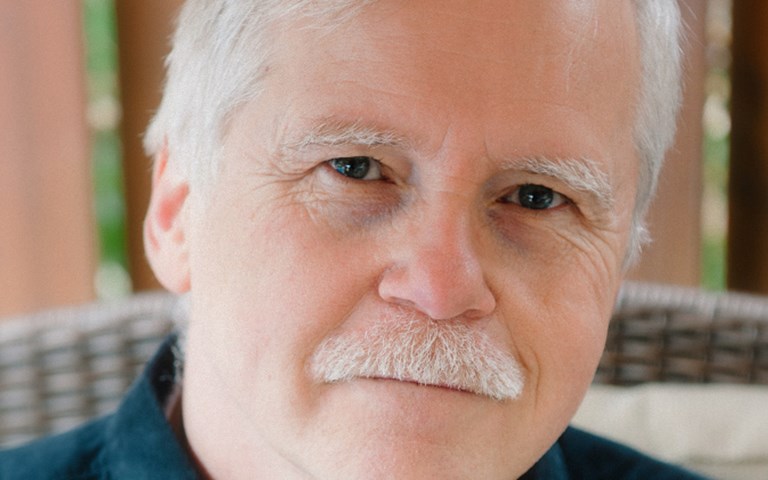Over the many years that I have been involved in the mining industry, I have come to see that one of the key strengths of First Nations communities is their respect and reliance on advice from their elders. It is an idea that the mining sector might benefit from.
In First Nations communities, elders are people who have achieved significant wisdom, often by virtue of their age. Among the many roles elders take on in their community is the sharing of their experience by providing valuable advice.
Elders provide a continuity of knowledge, helping younger generations of leaders learn what worked in the past and what did not. Contrast that with the mining sector, where many of the older, experienced people leave the business, often as early as their 50s but always by their mid-60s.
At the same time, the mining industry is suffering through a significant demographic shift where the number of young to mid-level personnel is significantly lower than in past decades. It is true that this younger generation has computer-based skills that improve their efficiency. New tools help them do the work in a fraction of the time and with much less staff than the generation that started out using only calculators and slide rules.
However, technology alone is not enough to successfully develop a mining project. Consider a common task in a mining company – the pre-feasibility study of an undeveloped mineral deposit. In the 1970s, such a study might have needed a team of 20 engineers and geologists, and six to nine months to complete. In 2017, the work could probably be completed with a team of five engineers and geologists, working for about three months. The difference is the result of the high-speed tools that automate repetitive tasks.
But a key difference is that the 1970s team would probably have had about 10 people over the age of 40. These would have been people who had built their careers working in mines. They would have had a keen understanding of what would work in the real world of mining, rather than what looked good on paper (or a computer screen). In 2017, the pre-feasibility team may have one person over 40. The entire team’s experience may be based primarily on managing technological tools rather than the actual conditions that the project will encounter when constructed.
So how can the mining sector get the best of both worlds? The answer lies in bringing the older and more experienced people back in contact with the mining industry. Then, by working with the strengths and preferences of both groups, companies can get the best results from the new tools that are being employed.
We might call it an “agency of elders” – a group of experienced mining professionals who are retired or semi-retired, but who still love mining and are interested in staying involved and sharing their wisdom.
This agency need not be formal or official, and maybe it is just a recognition by the mining industry that there is value in this experience, that it should be used and that there is a need for some procedure to tap into it. It could offer a range of expertise – such as open pit, underground, heap leach, remote sites, operations in Africa or Latin America, or the special needs of uranium mining.
On the elders’ side, they can work when and how much they want, according to terms agreed upon with the mining or engineering company. The benefit for the company is that it gets the wisdom of their experience. Think of it like a sober second opinion. Investors and owners will certainly appreciate this being available and used in important decisions.
Many presentations at mining conferences, as well as a few more discussions over a beer, have focused on the aging of the mining workforce, and the loss of all that wisdom. An “agency of elders” is one way to help with that problem, in a way that works for the mining industry as well as the growing community of “elders.”
Kirk Rodgers is a mining industry consultant at Rodgers Mining Services Ltd. with over 40 years of experience in the industry. He has worked in senior mine operations supervision, mine contracting company management as an engineering company vice-president, and as an independent mining consultant advising mining company boards of directors and independent investors.
Got an opinion on one of our columns? Send your comments to editor@cim.org.




